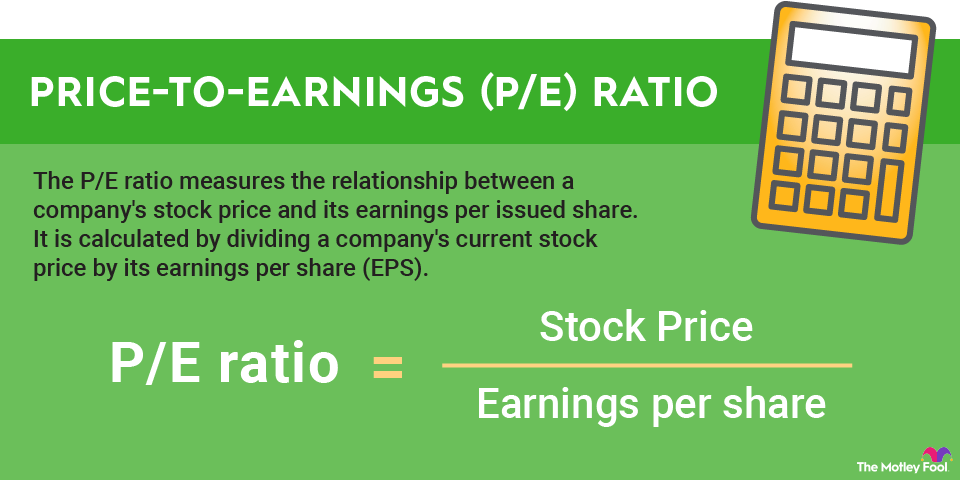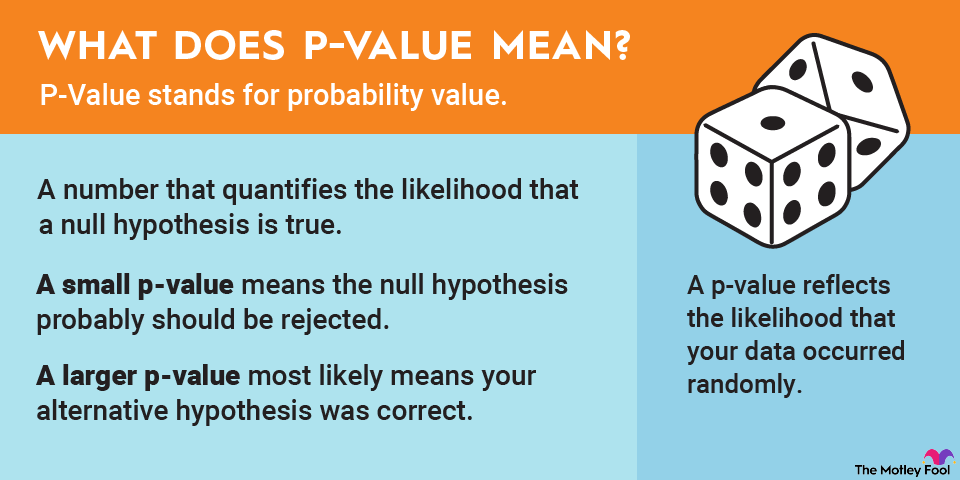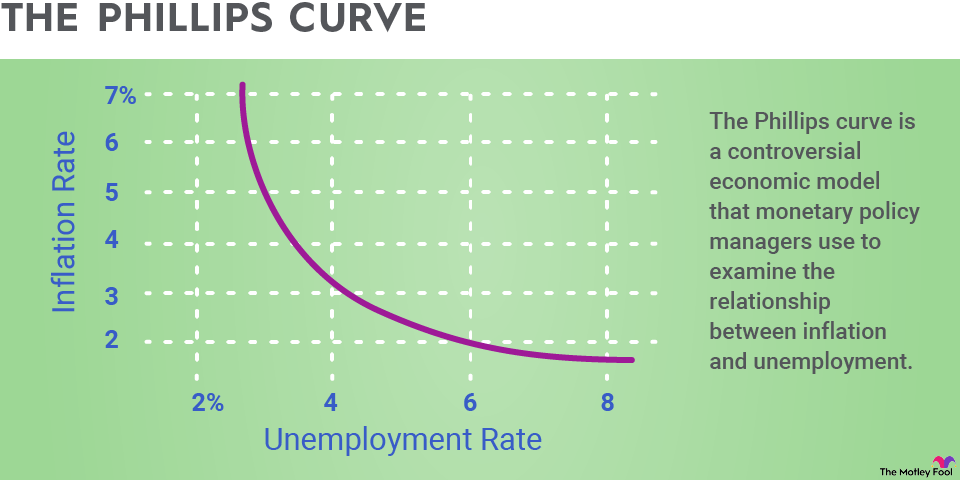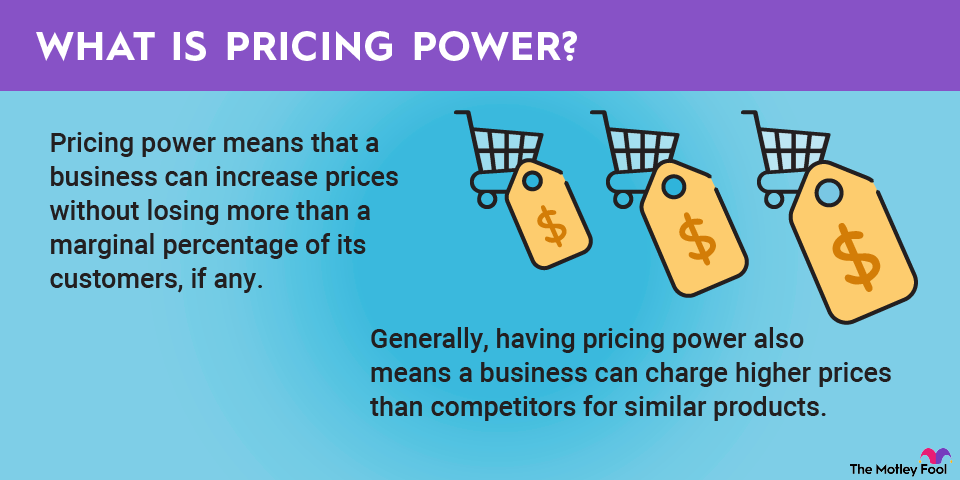Phantom stock is a way for businesses to give employees a stake in the company without issuing any new stock. This type of deferred compensation plan is normally used to improve employee retention and profitability. Ideally, it benefits both the employee and the employer, although that depends on the phantom stock plan and the success of the business.

Understanding phantom stock
Phantom stock is also called shadow stock or ghost shares, and the name provides a fairly accurate description of how it works. You don’t receive actual stock, but your phantom stock mimics the performance of the company’s real stock. After a vesting schedule or a predetermined event set out in your contract, you can receive a cash payout for your phantom shares.
Companies can offer phantom stock to any employees that they want. In practice, it’s typically offered to upper management. Because the business isn’t issuing any actual stock, it avoids diluting the equity of its shareholders.
How phantom stocks work
There are two types of phantom stock plans. The more common is appreciation-only plans, where employees get the amount that the share value has increased without the original value of the stock at the time the phantom stock was issued. For example, your company grants you 100 phantom shares at a share price of $100. After a four-year vesting period, the share price is $125. You would receive the appreciation of $25 per share, which is worth a total of $2,500 across your 100 shares.
Full-value phantom stock plans, on the other hand, pay the entire stock value. In the same example above, you would receive a payout of $12,500 if you had full-value phantom shares (the share price of $125 multiplied by your 100 shares).
Pros and cons of phantom stock
Phantom stock plans are a flexible compensation option. Both private and public companies can grant them, and there are a variety of ways to set up the contract depending on the conditions that the employer wants, such as a vesting period or performance goals.
For employees, phantom stock is an opportunity to share in the growth of your company. If it does well, then your compensation through your phantom shares will increase.
Phantom stock doesn’t have all the same benefits as real stock. Employees with phantom shares don’t have voting rights like actual shareholders do. While it’s possible for phantom stock shares to pay dividends, they almost never do. Payouts from phantom stock are also taxed as ordinary income. Capital gains taxes are generally lower than income taxes, so phantom shares don’t confer the same tax benefits as stock investing.
Related investing topics
Real-world examples of phantom stock plans
Companies of almost every size have used phantom stock plans. They’re often (but not always) restricted to a small number of employees. In one case study by Executive Business Solutions, a software development company with $26 million in revenue set up a phantom stock plan for eight employees. In another case study, a medical research company with $800 million in revenue found that its phantom stock plan was set up for the CEO and his six direct reports.
Phantom stock plans have been around since the 1950s, and while they’re popular with start-ups, there are also plenty of massive companies that use them. Kraft Heinz (KHC +0.00%) is a prominent example, as it’s been mentioned using this type of deferred compensation plan as early as an article from 1960. Overall, this is a normal arrangement that's used regularly across a variety of industries. And if the company does well, it’s an arrangement that can pay off for employees.



















